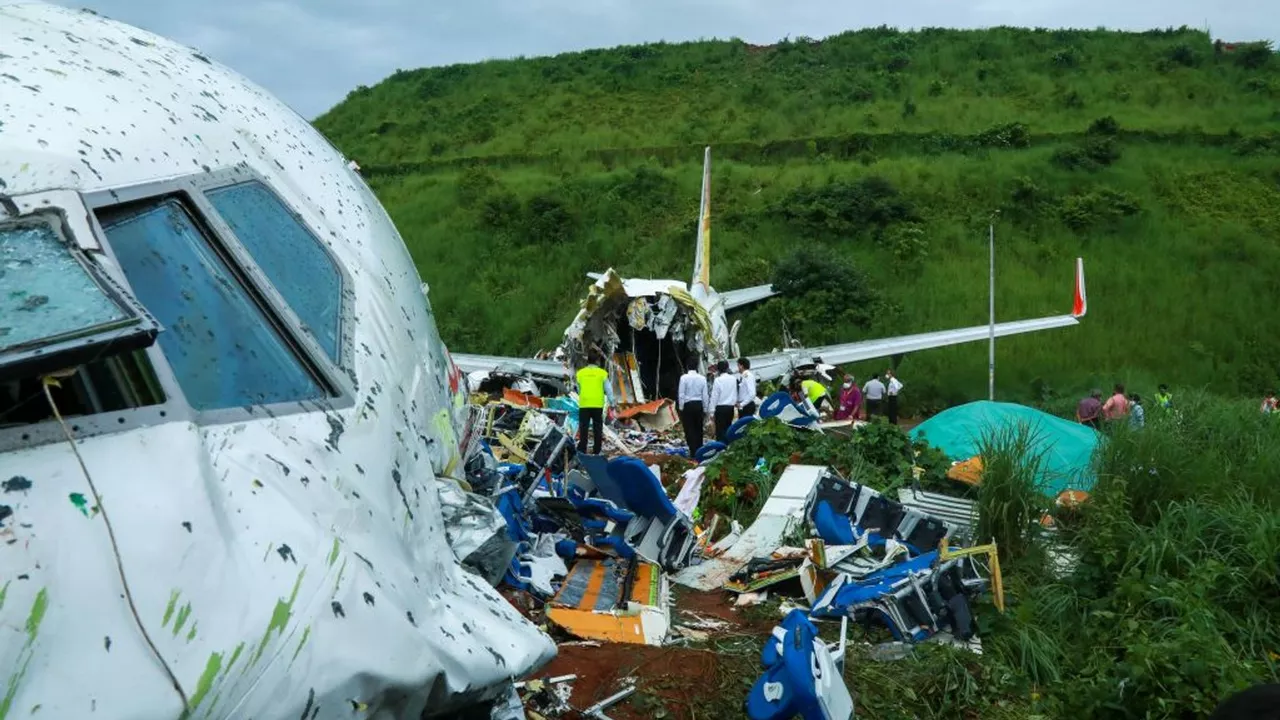Plane Crash Basics: Why They Happen and How to Stay Safe
Ever wonder what actually makes a plane go down? It’s not always a dramatic movie scene; most crashes come down to a mix of human error, mechanical issues, and weather. Understanding the real reasons can calm your nerves and help you make smarter travel choices. Below we break down the common causes, what the industry does to prevent them, and simple steps you can take before boarding.
Top Reasons Behind Plane Crashes
First up, human error. Pilots, air traffic controllers, and ground crew all have to coordinate perfectly. A missed checklist or a miscommunication can set off a chain reaction. Second, mechanical failure. Even with rigorous maintenance, parts can wear out or malfunction. Third, weather. Heavy rain, fog, and turbulence can push a plane beyond its limits, especially if the crew isn’t prepared.
Other factors include bird strikes, fuel mismanagement, and, rarely, sabotage. Statistically, most accidents involve more than one factor, which is why the industry pushes for multiple safety layers.
How Aviation Safety Keeps Getting Better
Every crash triggers a deep investigation by bodies like the NTSB or ICAO. They dig into data, interview crew, and examine wreckage. The findings push new regulations, better training, and smarter technology. For example, modern aircraft have autopilot systems that can take over if a pilot gets disoriented, and they’re equipped with advanced weather radar that spots storms earlier.
Airlines also run simulators that recreate the toughest scenarios. Pilots practice engine failures, sudden loss of cabin pressure, and other emergencies until the response becomes instinctive. Maintenance crews use predictive analytics to replace parts before they actually fail.
All these steps have dropped the global accident rate to less than one per million flights. That means flying is still one of the safest ways to travel.
So, what can you do as a passenger? Arrive early, listen to the safety briefing, and pay attention to the seat‑belt sign. If you’re nervous about turbulence, keep your seat belt fastened even when the sign is off. Choose airlines with strong safety records—look for those that regularly pass audits from regulators like the FAA or EASA.
In short, plane crashes are rare and usually caused by a mix of factors that the industry works hard to control. By staying informed and following simple safety habits, you can enjoy the convenience of air travel with confidence.
How did Sanjay Gandhi's plane crash in mid air?
I recently came across the intriguing story of Sanjay Gandhi's mid-air plane crash. This tragic accident occurred on June 23, 1980 when Sanjay, son of former Indian Prime Minister Indira Gandhi, was flying a small aircraft over Delhi. It is believed that he lost control of the plane while performing an aerobatic maneuver. The aircraft then crashed into a residential area, leading to his untimely death at the age of 33. This event not only shocked the nation, but also had significant political implications in India.
